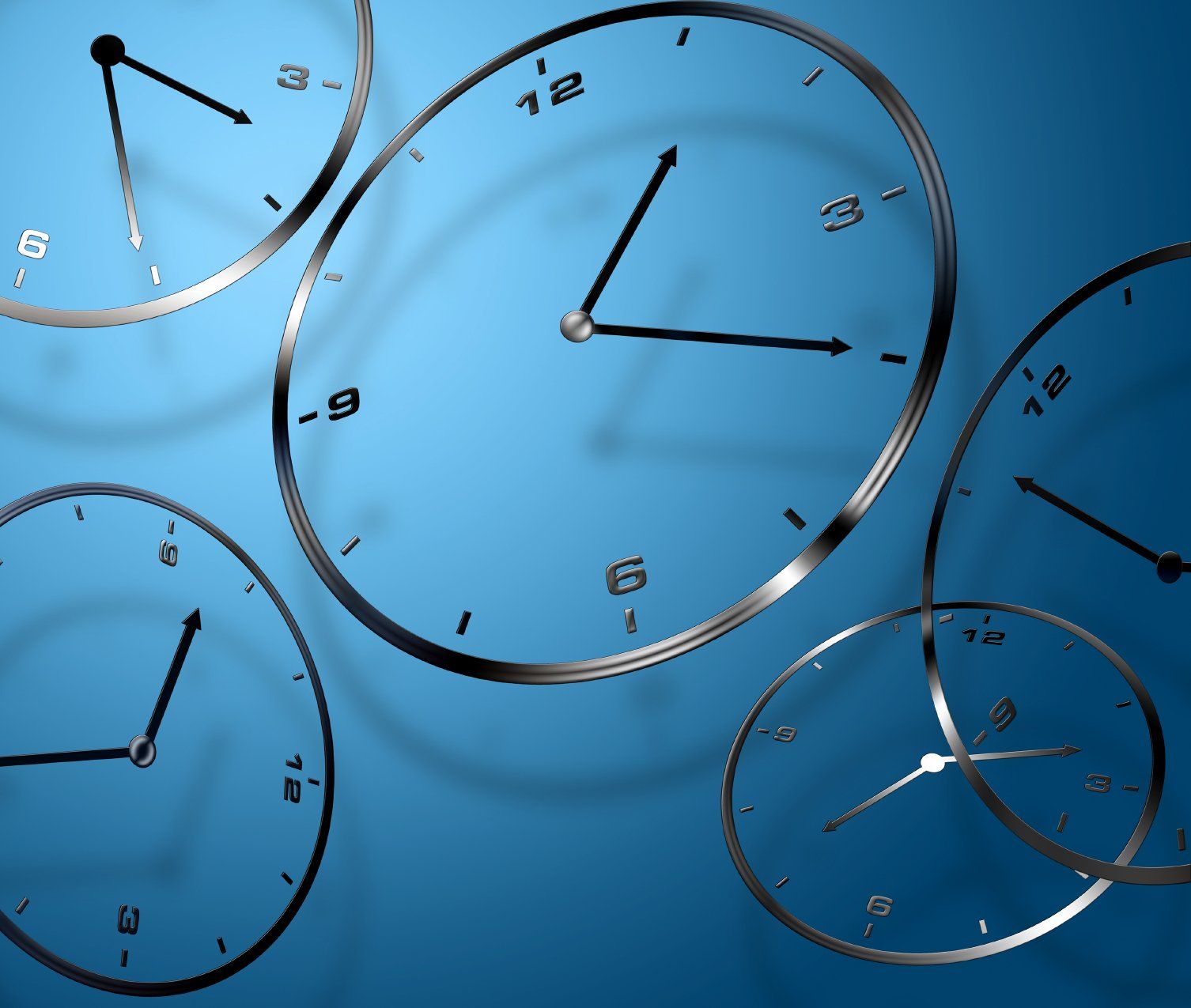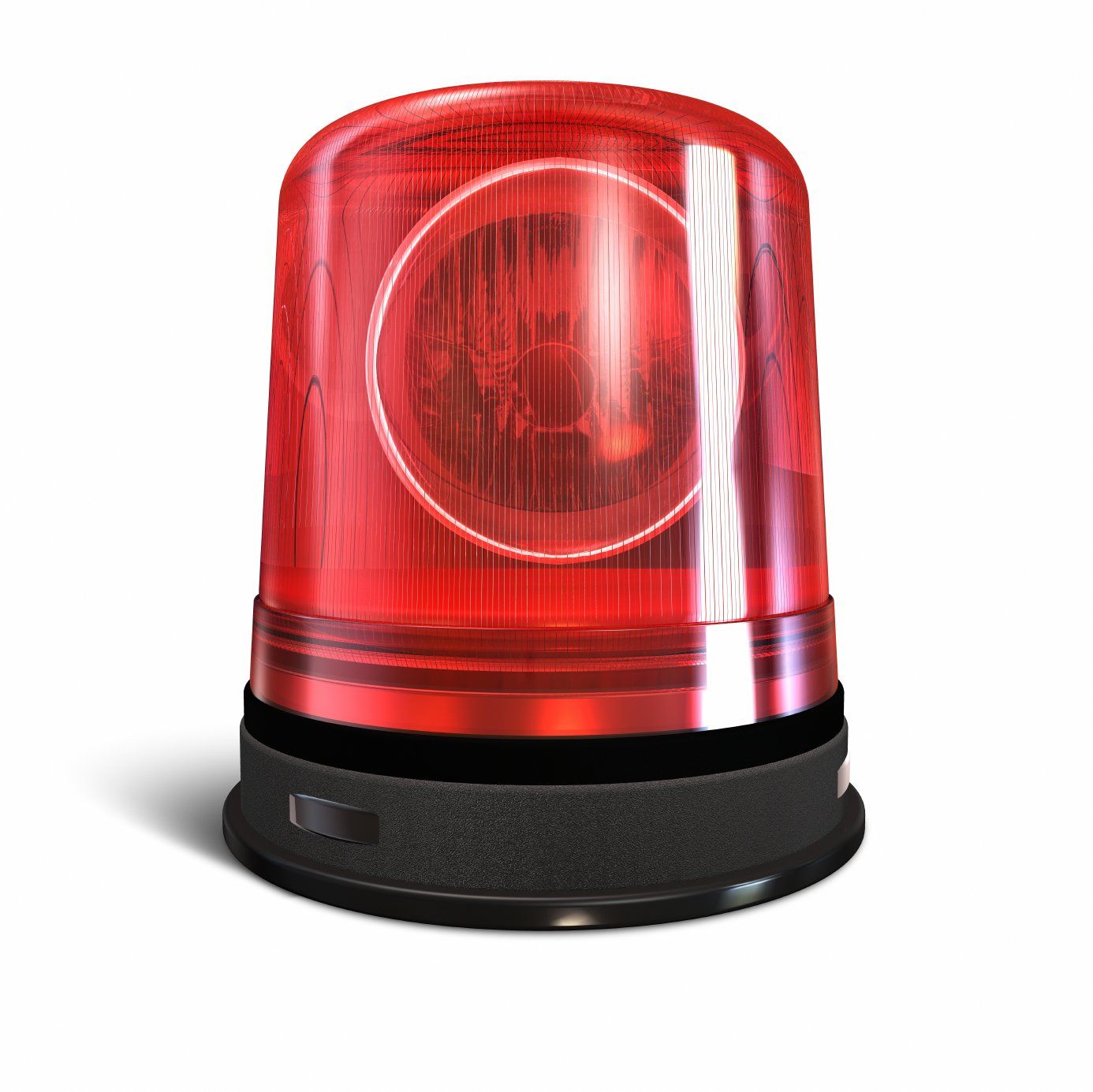California Dental Moderate Sedation Law
California Dental Sedation Law
Moderate Sedation
"Conscious Sedation"
"...standards presently required for deep sedation and general anesthesia should be required when the degree of sedation in the continuum of sedation is such that there is a reasonable possibility that loss of consciousness may result, even if unintended."
BPC Division 2, Chapter 4, Article 2.8, Section 1647(c) and BPC Division 2, Chapter 4, Article 2.84, Section 1647(c)
The drugs and techniques used in moderate [conscious] sedation shall have a margin of safety wide enough to render unintended loss of consciousness unlikely. Further, patients whose only response is reflex withdrawal from painful stimuli shall not be considered to be in a state of moderate [conscious] sedation.
BPC Division 2, Chapter 4, Section 1647.1
If slip into deeper sedation than intended (or legally permitted to do), stop sedation and procedure until get back to intended level of sedation.
[American Dental Association Guidelines for Use of Sedation and General Anesthesia by Dentist -"If a patient enters a deeper level of sedation than the dentist is qualified to provide, the dentist must stop the dental procedure until the patient is returned to the intended level of sedation"]
Always rescue patients that need airway or cardiovascular support--do not delay. Call emergency services (i.e. 911) early if things are going bad--a lost airway may result in brain damage in as few as 3 minutes (or less) and long before emergency response can arrive to assist. Support the patient while waiting for EMS response. If your custom is to administer deeper sedation than you are legally permitted, you may lose your license to practice dentistry!
A violation of this article constitutes unprofessional conduct and is grounds for revocation or suspension of the dentist's permit or license, or both.
BPC Division 2, Chapter 4, Section 1647.9
Dental Board of California
"Conscious Sedation"
Moderate Sedation
Legal Requirements
Onsite inspection and evaluation at least every 6 years.
15 hours of approved continuing sedation education for every biennial renewal
Successfully completed a course of training of at least 60 hours of instruction and at least 20 cases and complying with the American Dental Association Teaching Guidelines
Effective January 1, 2022, Article 2.8
"Conscious Sedation" will sunset and be replaced with
Article 2.84 Moderate Sedation.
"conscious sedation means a minimally depressed level of consciousness ...that retains the patient's ability to maintain independently and continuously an airway, and respond appropriately to physical stimulation or verbal command.
'Conscious sedation' does not include the administration of oral medications or the administration of a mixture of nitrous oxide and oxygen, whether administered alone or in combination with each other".
BPC Division 2, Chapter 4, Article 2.8, Section 1647.1
"(a) As used in this article, “moderate sedation” means a drug-induced depression of consciousness during which a patient responds purposefully to verbal commands, either alone or accompanied by light tactile stimulation, no interventions are required to maintain a patient’s airway, spontaneous ventilation is adequate, and cardiovascular function is usually maintained.
(b)
The drugs and techniques used in moderate sedation shall have a margin of safety wide enough to render unintended loss of consciousness unlikely. Further, patients whose only response is reflex withdrawal from painful stimuli shall not be considered to be in a state of moderate sedation.
(Added by Stats. 2018, Ch. 929, Sec. 6. (SB 501) Effective January 1, 2019. Operative January 1, 2022, pursuant to Section 1647.12.)"
BPC Division 2, Chapter 4, Article 2.84, Section 1647.1
Report to the Dental Board within 7 days
Any death or
Unexpected hospital or emergency center transfers
BPC Division 2, Chapter 4, Article 4, Section 1680
"Continuously monitored during the dental procedure with a pulse oximeter or similar superior monitoring equipment"
BPC Division 2, Chapter 4, Article 4, Section 1682
Staffing
Office personnel directly involved with the care of those patients are certified in basic cardiac life support (CPR)
and recertified biennially.
BPC Division 2, Chapter 4, Article 4, Section 1682
Facilities and Equipment
CCR Title 16, Division 10, Chapter 2, Article 5, Section 1043.3
Lighting
Battery powered backup sufficient to complete procedure underway in case of power failure
Oxygen
Capable of 90% oxygen at 10 liters/minute for 60 minutes
Positive pressure ventilation
Back up System that can operate at time of general power failure
Pulse Oximeter
Recovery Area
Oxygen and Suction
The patient can be recovered in the operating theatre
[CCR Title 16, Division 10, Chapter 2, Article 5, Section 1043.3]
{recovery closely monitored by licensed health professional -BPC Div2 Chapt4, Article4 1682(b)}
Emergency Airway Equipment
Oral airways, laryngeal mask airways or combitubes, cricothyrotomy device
Sphygmomanometry and stethoscope
Precordial/pretracheal stethoscope
Intravenous infusion equipment
Emergency Medications
Epinephrine
Vasopressor (other than epinephrine)
Bronchodilator
Appropriate Drug Antagonist
Antihistamine
Anticholinergic
Coronary Artery Vasodilator
Anticonvulsant
Oxygen
50% Dextrose or other antihypoglycemic agent
Exam Simulated Emergencies
CCR Title 16, Division 10, Chapter 2, Article 5, Section 1043.4
Airway Obstruction
Bronchospasm
Emesis and Aspiration
Angina Pectoris
Myocardial Infarction
Cardiac Arrest
Hypotension
Hypertension
Allergic Reaction
Seizure
Hypoglycemia
Syncope
Respiratory Depression
Required Documentation
CCR Title 16, Division 10, Chapter 2, Article 5, Section 1043.3(b)
Records. The following records shall be maintained:
(1) Adequate medical history and physical evaluation records updated prior to each administration of general anesthesia or conscious sedation. Such records shall include, but are not limited to the recording of the age, sex, weight, physical status (American Society of Anesthesiologists Classification), medication use, any known or suspected medically compromising conditions, rationale for sedation of the patient, and visual examination of the airway, and for general anesthesia only, auscultation of the heart and lungs as medically required.
(2) General Anesthesia and/or conscious sedation records, which shall include a time-oriented record with preoperative, multiple interaoperative, and postoperative pulse oximetry (every 5 minutes intraoperatively and every 15 minutes postoperatively for general anesthesia) and blood pressure and pulse readings, (both every 5 minutes intraoperatively for general anesthesia) drugs, amounts administered and time administered, length of the procedure, any complications of anesthesia or sedation and a statement of the patient's condition at time of discharge.
(3) Written informed consent of the patient or if the patient is a minor, his or her parent or guardian.
Summary of Changes
Effective January 1, 2022
Ventilation Monitoring
BPC Division 2, Chapter 4, Article 4, Section 1682
(Effective January 1, 2022)
Ventilation continuously monitored using at least two of the three following methods:
(1) Auscultation of breath sounds using a precordial stethoscope.
(2) Monitoring for the presence of exhaled carbon dioxide with capnography.
(3) Verbal communication with a patient under moderate sedation. This method shall not be used for a patient under deep sedation or general anesthesia.
Rescue Requirements
"A dentist with a moderate sedation permit or a moderate sedation permit with a pediatric endorsement shall possess the training, equipment, and supplies to rescue a patient from an unintended deeper level of sedation."
BPC Division 2, Chapter 4, Article 2.84, Section 1647.2(d)
Additional Training Stipulations
"[training] Complies with the requirements of the Guidelines for Teaching Pain Control and Sedation to Dentists and Dental Students of the American Dental Association, including, but not limited to, certification of competence in rescuing patients from a deeper level of sedation than intended, and managing the airway, intravascular or intraosseous access, and reversal medications."
BPC Division 2, Chapter 4, Article 2.84, Section 1647.3(c)3
Pediatric Requirements
A dentist shall obtain a pediatric endorsement
on the moderate sedation permit
prior to administering moderate sedation to a patient under 13 years of age.
BPC Division 2, Chapter 4, Article 2.84, Section 1647.2(b)
For patients under 13 years of age,
there shall be at least two support personnel in addition to the operating dentist present at all times
during the procedure involving moderate sedation.
The operating dentist and one personnel member
shall maintain current certification in Pediatric Advanced Life Support (PALS) and airway management
or other board-approved training in pediatric life support and airway management, adopted pursuant to Section 1601.8.
The personnel member with current certification in Pediatric Advanced Life Support (PALS) and airway management or other board-approved training in pediatric life support and airway management shall be dedicated to monitoring the patient during the procedure involving moderate sedation and may assist with interruptible patient-related tasks of short duration, such as holding an instrument.
BPC Division 2, Chapter 4, Article 2.84, Section 1647.2
Pediatric Endorsement
"(1) Successful completion of residency in pediatric dentistry
accredited by the Commission on Dental Accreditation (CODA) or the equivalent training in pediatric moderate sedation, as determined by the board.
(2) Successful completion of at least 20 cases of moderate sedation to patients under 13 years of age
to establish competency in pediatric moderate sedation, both at the time of the initial application and at [biennial] renewal. The applicant or permitholder shall maintain and shall provide proof of these cases upon request by the board for up to three permit renewal periods.
(3) In order
to provide moderate sedation to childrenunder seven years of age, a dentist shall establish and maintain current competency for this pediatric population by completing 20 cases of moderate sedation for children under seven years of age in the 24-month period immediately preceding application for the pediatric endorsement and for each permit renewal period.
(4) Current certification in Pediatric Advanced Life Support (PALS) and airway management or other board-approved training in pediatric life support and airway management, adopted pursuant to Section 1601.8.
(e) A permitholder shall maintain current and continuous certification in Pediatric Advanced Life Support (PALS) and airway management or other board-approved training in pediatric life support and airway management, adopted pursuant to Section 1601.8, for the duration of the permit.
(f) Applicants for a pediatric endorsement who otherwise qualify for the pediatric endorsement but lack sufficient cases of moderate sedation to patients under 13 years of age may administer moderate sedation to patients under 13 years of age under the direct supervision of a general anesthesia or moderate sedation permitholder with a pediatric endorsement. The applicant may count these cases toward the 20 required in order to qualify for the applicant’s pediatric endorsement.
(g) Moderate sedation permit holders with a pediatric endorsement seeking to provide moderate sedation to children under seven years of age, but who lack sufficient cases of moderate sedation to patients under seven years of age pursuant to paragraph (3) of subdivision (d), may administer moderate sedation to patients under seven years of age under the direct supervision of a permitholder who meets those qualifications.
(Added by Stats. 2018, Ch. 929, Sec. 6. (SB 501) Effective January 1, 2019. Operative January 1, 2022, pursuant to Section 1647.12.)"
BPC Division 2, Chapter 4, Article 2.84, Section 1647.3(d)
"Immediate availability of resuscitative drugs and age and size appropriate equipment for bag/valve/mask ventilation and intubation and personnel trained in their use and skilled in airway management".
Contact Us:
John@SaferAnesthesia.com



